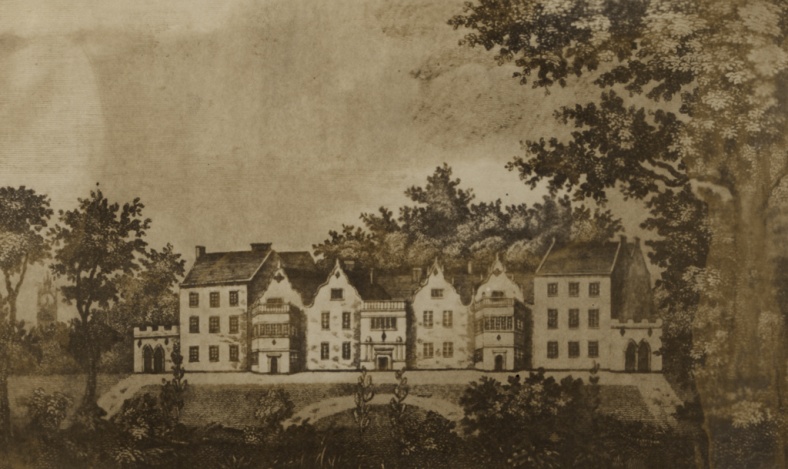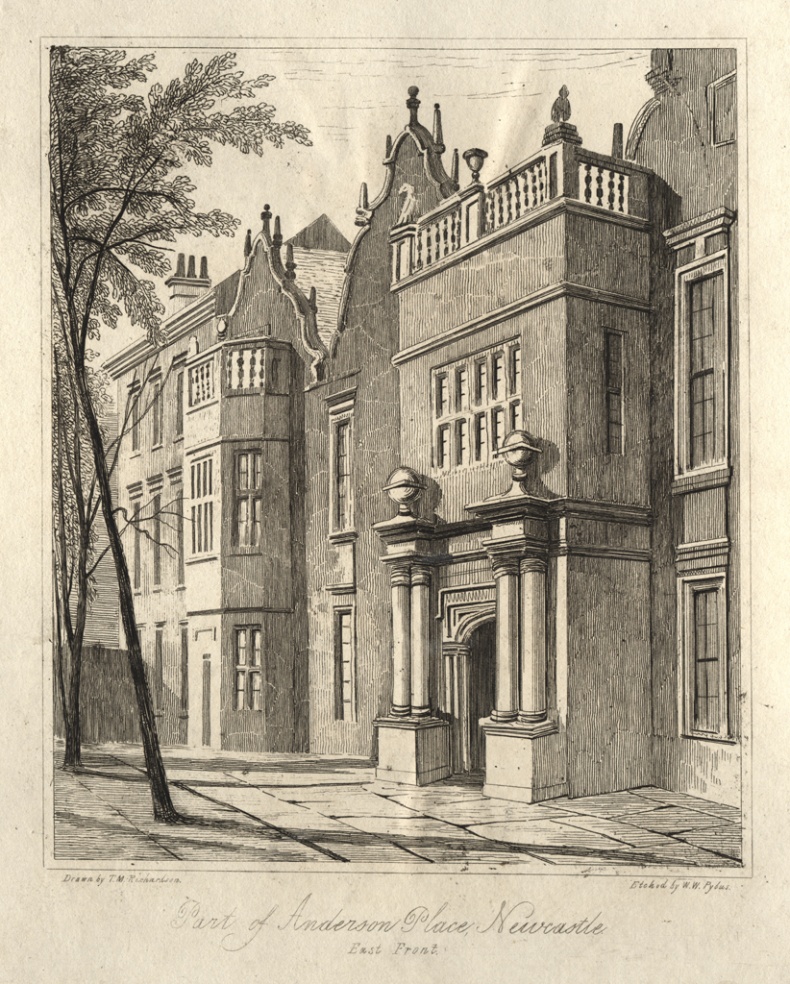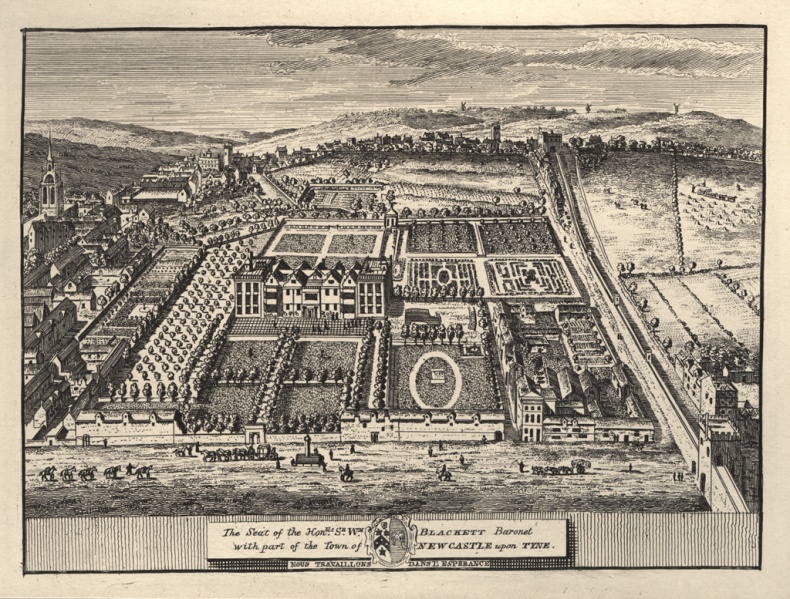


Anderson, Major George
1760-1831
Merchant
The Anderson family was a prominent merchant family in the 16th century, descendants of whom have been integrated into almost every other major northern family in the highest echelons of Newcastle’s social and political life. George ‘The Major’ Anderson was the son of George Anderson Snr. (1705-1798), a businessman with interests in construction. The elder George was most likely a distant relative of the main Anderson family as his fortune was not from inheritance but rather the result of his own tenacious pursuit of financial and social elevation. He was the son of a tailor in Benwell and had begun his career as an apprenticed bricklayer.
Greyfriars was a 16th-century mansion built at the height of Anderson’s wealth and political power. It was built by Robert Anderson in 1580 and used by the Scottish army in 1646-47 to imprison King Charles I following his surrender and the occupancy of Newcastle. The house passed to the Blackett family in the 18th century, then one of the most prominent merchant families. During this time, the house was enlarged with additional wings and the gardens were extended. The Blackett family offered the house to the Newcastle Corporation but, unable to afford the asking price, they declined. In 1782, George Anderson Snr purchased the house. It was a somewhat symbolic purchase, reflecting his new-found wealth and social status. The house was in the centre of Newcastle and, at the time, one of the largest properties in the city. George Snr. enlarged it even further and replaced the front gates to allow all passers-by to see the restored property. He renamed the house ‘Anderson Place’ to create the illusion of continuity from Sir Francis Anderson, the original owner.
Upon his retirement in 1801, which was the same year he married, Major George Anderson lived at Anderson Place but, by the 1820s, he had moved to a less ostentatious coastal cottage. The Major died in 1831 and, shortly afterwards in 1834, Anderson Place was bought by Richard Grainger, who had it demolished to make way for the redevelopment of central Newcastle.
The Major was perhaps less interested in acquiring wealth, and more interested in sharing it. In 1804 he presented to St. Andrew’s church ‘The Last Supper’ by Giordana. In 1810 an impoverished friend of the Major, Rev. John Hodgson, married and George commissioned him to write a history of Northumberland, a subject about which the Reverend was passionate. In the same year, the Major laid the foundation stone for the Royal Jubilee School and supported it with an endowment.
In 1811, The Major was briefly imprisoned in London for what was considered at the time a shocking scandal. George had publicly humiliated Nathaniel Clayton, the town clerk, by ‘pulling his nose’ in front of Newcastle’s gentry. For the offence, George was sentenced to three months’ imprisonment, fined £50 and paid a ‘security of good behaviour’ of £400. The gentry of Newcastle were mortified but the rest of the city seems to have celebrated The Major’s behaviour, as evidenced by the Geordie poet J. Leonards welcome home:
“With breast inspir’d by ardent zeal,
He laboured for the public weal,
His foes they stood aghast!
Corruption dire, out grisly foe,
He gave the fiend a mortal blow,
And soon she’ll breathe her last!
He soothes the aged Widow’s woes;
With strength he checks the Freemen’s foes,
And suffers in their cause:
But now his sufferings are o’er,
Our Patriot we lament no more,
But hail him to the skies!’
In his will the Major made provision to construct spires for both St. John (£200) and St. Andrew’s (£500) church and a new bell for St. Nicholas (£500). It was the Major’s intention that the spires of Newcastle should “be seen from Durham Cathedral and give an exterior dignity to the town of Newcastle”. Sadly, the spires were impossible to construct, and the funds returned to the family. The bell, however, was purchased and installed and remains in use to this day.
References
Kingsley, N. (2014). George Anderson. Available here (Accessed: 11/07/2018).
Welford, R. (1895). Men of Mark twixt Tyne and tweed, Newcastle, Walter Scott Ltd, pp. 59-64.